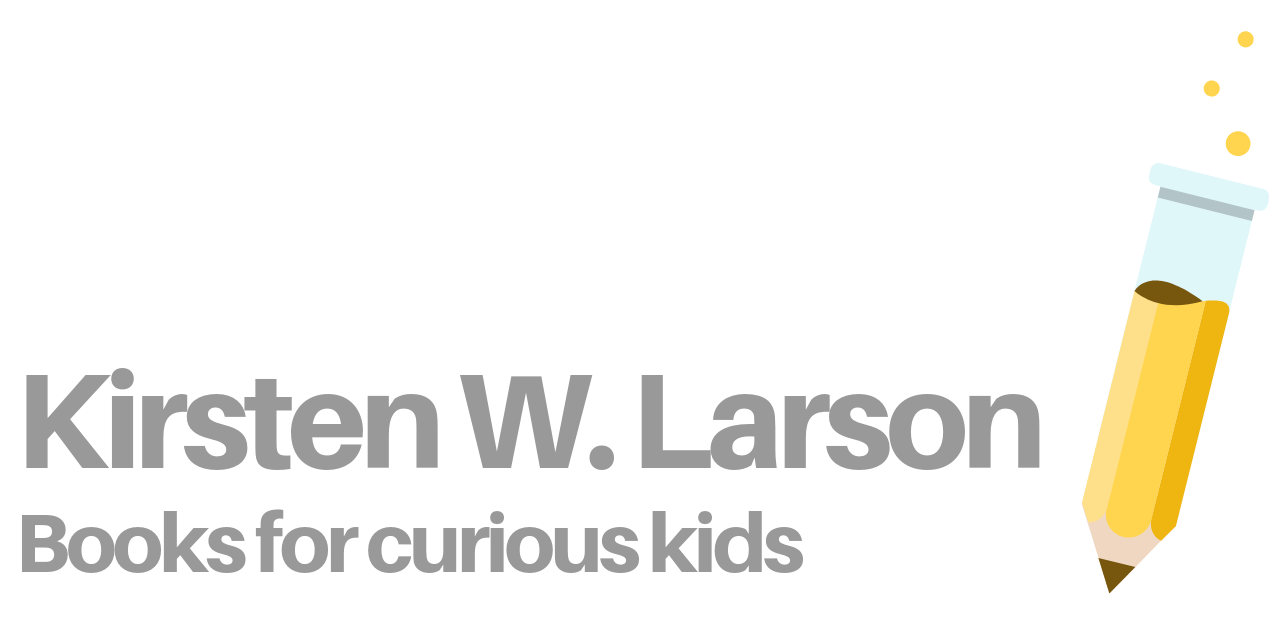To conduct thorough research, you need a mix of primary and secondary sources. Editors consider the depth of your research when deciding whether to acquire your book. In fact, one of my editors, Carolyn Yoder at Calkins Creek, says she skims an author’s bibliography BEFORE she even invests time reading the manuscript.
Over the next couple of months, we’ll dive into primary and secondary sources.
Defining primary sources
What’s a primary source? You’ll find lots of definitions on the internet, but here is one I like: The University of Massachusetts Healey Library defines primary sources as “immediate, first-hand accounts of a topic, from people who had a direct connection with it.” These include things like letters, diaries, newspaper articles, videos (raw footage), photos, interviews with experts, and articles from scientific journals that are based on original research.
Why use primary sources
Captivating nonfiction relies on writing in scenes. To write strong scenes, you need first- hand information, especially sensory details like how things looked, sounded, smelled, felt, and tasted. No matter whether you are writing a biography, a nature book, or something else, primary sources give the reader a sense of “being there.”
If you are writing a biography, scene-writing requires insight into your main character’s thoughts and emotions, as well as snippets of authentic dialog. These can only come from primary sources.

An example
I wrote THE FIRE OF STARS in close third-person perspective, putting the reader inside the mind of Cecilia Payne. Here is a formative scene from Cecilia’s childhood in the book.
Cecilia realizes all by herself why an orchid has a petal like a bee’s belly.
To trick the bees, of course!
They buzz over to say hello to their pretend friend,
then fly off with pollen-stuffed pockets—the start of new seeds.
Cecilia buzzes, too—her body humming with that lightning bolt of discovery.
She wants to feel that way forever.
–THE FIRE OF STARS
This eureka moment comes directly from Cecilia’s autobiography where she explained what it felt like to make a discovery for the first time. I had insight into her thoughts and emotions, but only because I had her own words in her book, as well as an oral history.
Meanwhile, for other parts of the book, I relied on Cecilia’s doctoral dissertation and other research papers (available online) to help me understand her research into star composition. Those are primary sources. To craft the star narrative, I interviewed an astronomer with first-hand knowledge of how stars form. (And better yet, she agreed to check my facts!)
To see what kind of primary sources authors use, look at the bibliographies of their books. My primary sources change with every project. For example, WOOD, WIRE, WINGS led me to the U.S. Patent Office to sift through patent applications, while and A TRUE WONDER had me delving into comic book archives. Still, a few of my favorite places to research no matter the topic are:
- Library of Congress’s Chronicling America Historic American Newspaper Database (1770-1973)
- Both the Library of Congress and National Archives have photography collections.
- Public Papers of the Presidents
- JSTOR for images, journals, books, and other primary sources
- ScienceDaily for the latest summaries of scientific research
All of the above are free resources, but there are many amazing paid resources, from Ancestry.com to Newspapers.com and EBSCOHost. Before you pay to access any archive or database, check with your local library or local academic institution to see what they provide. Many offer free access for students or patrons.
Do you have a favorite primary research resource? Let me know.

Love the quote from your book – and your whole book!
Thanks so much, Kim, and happy writing!